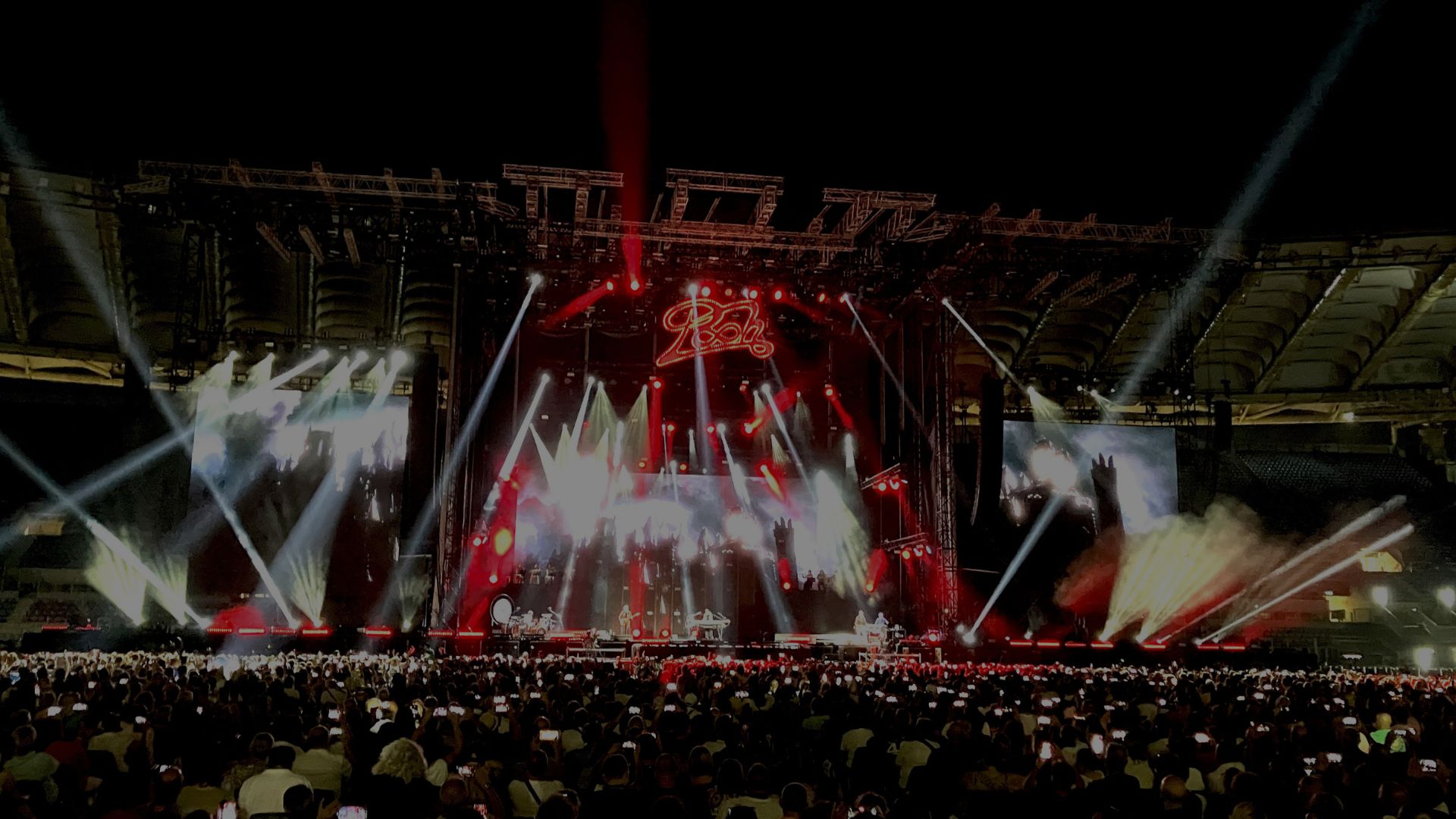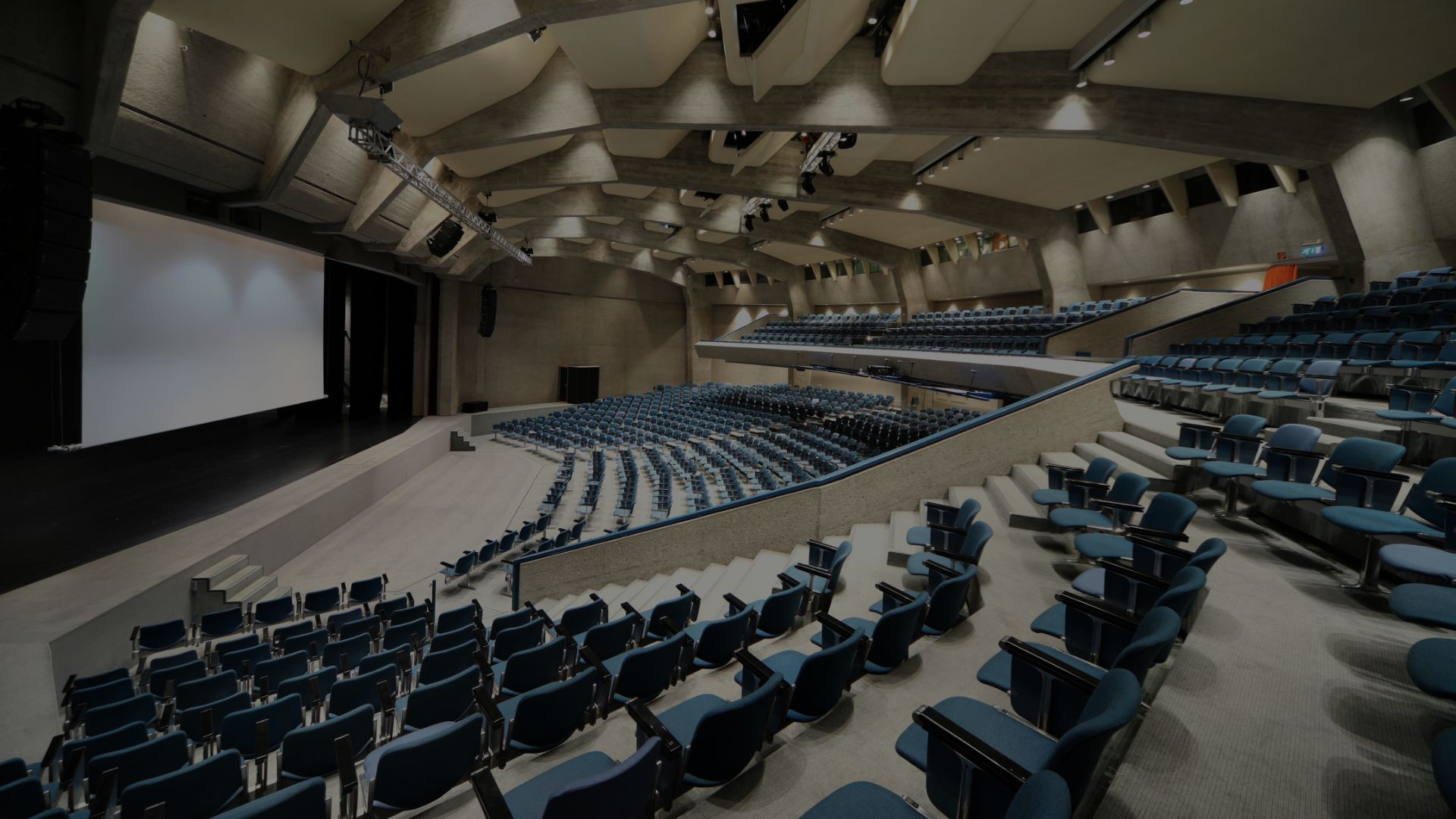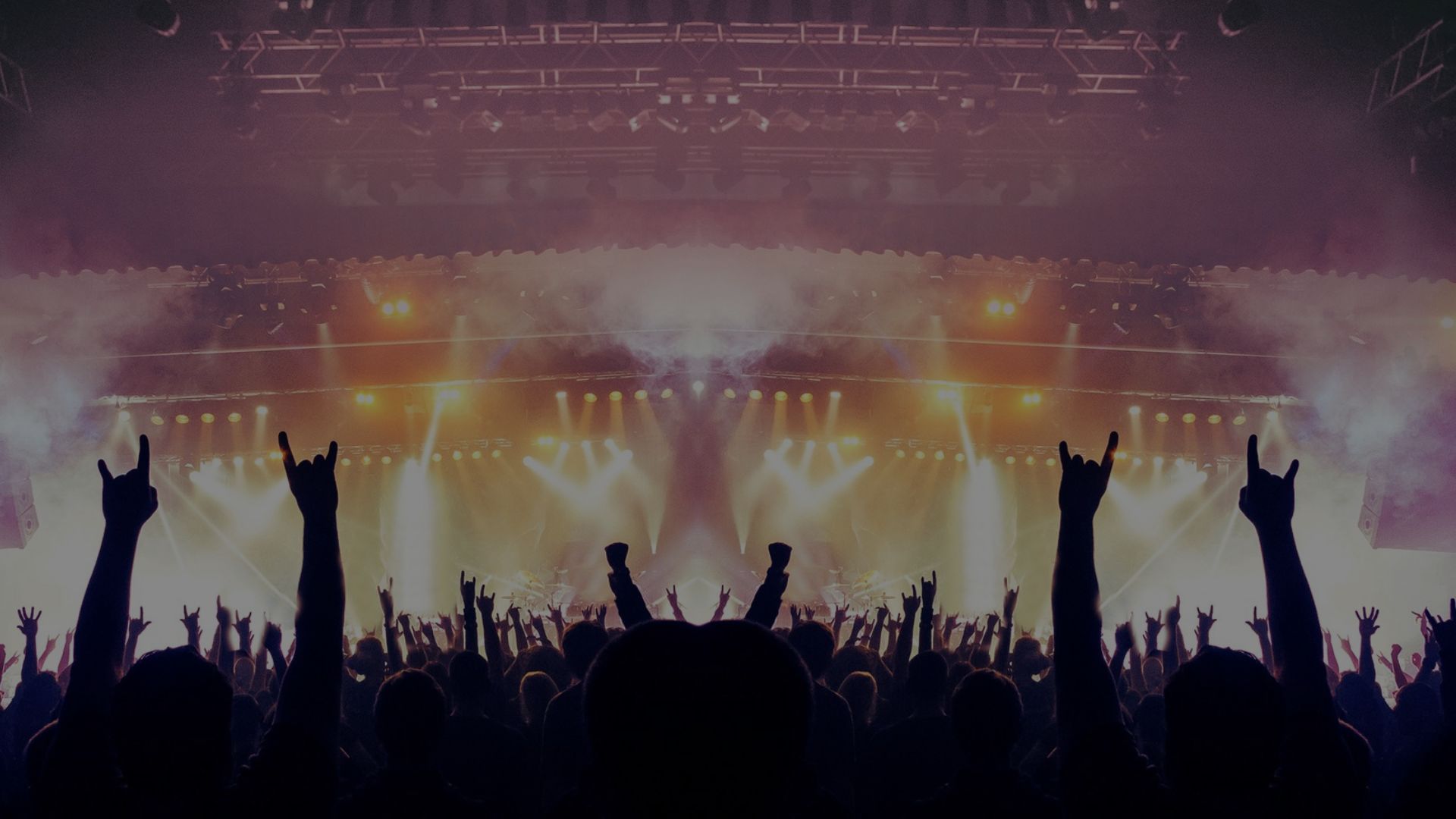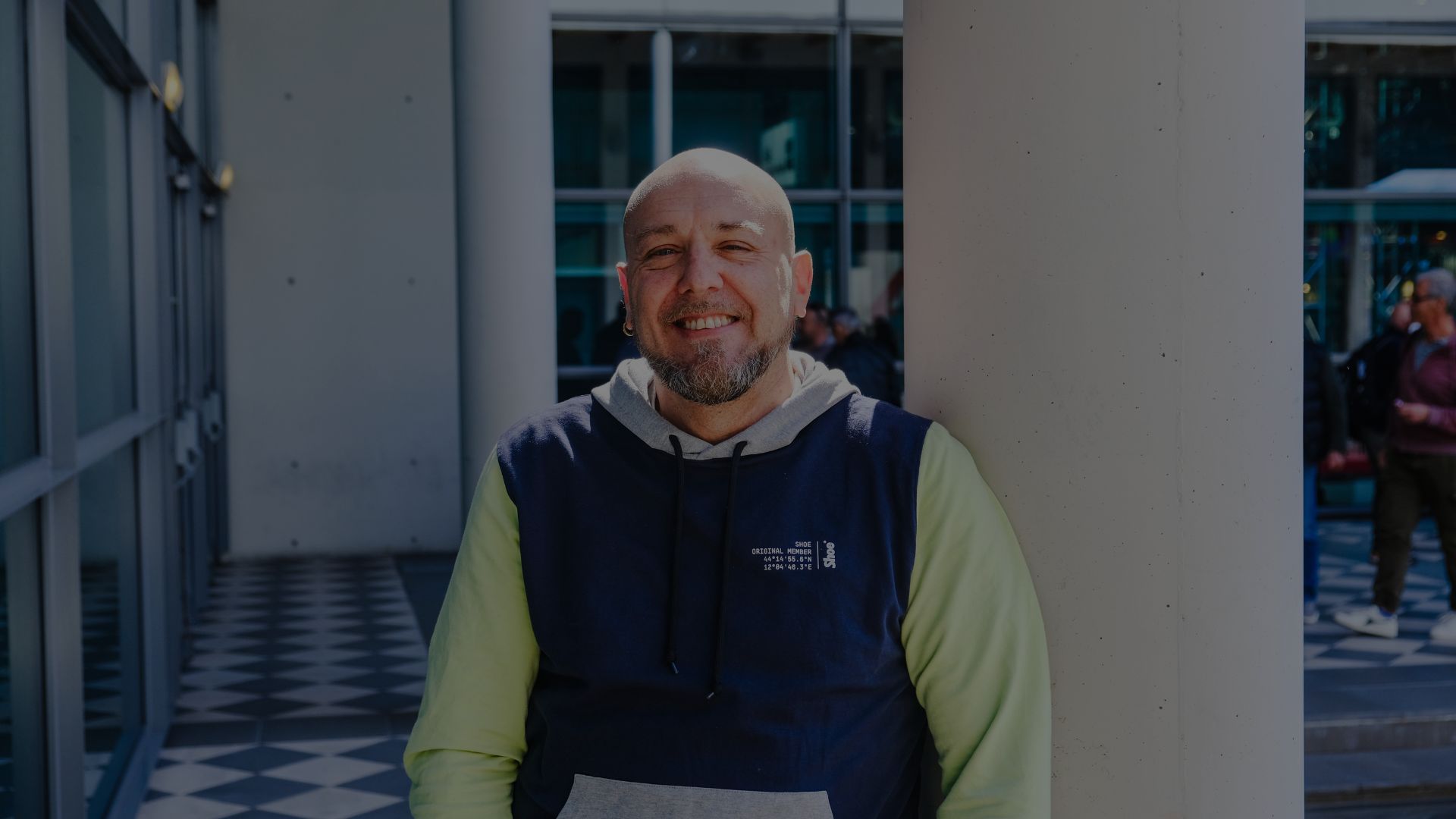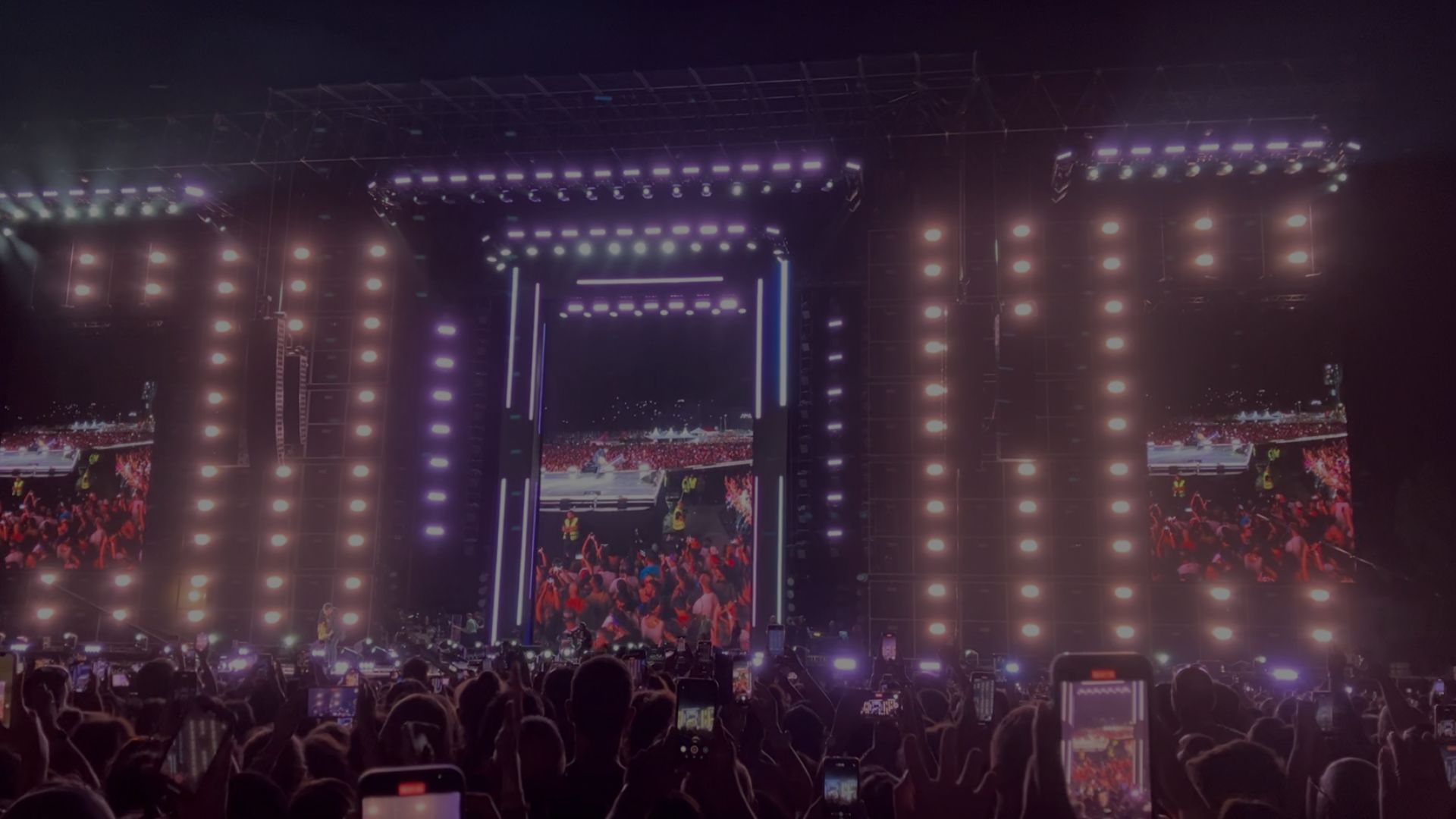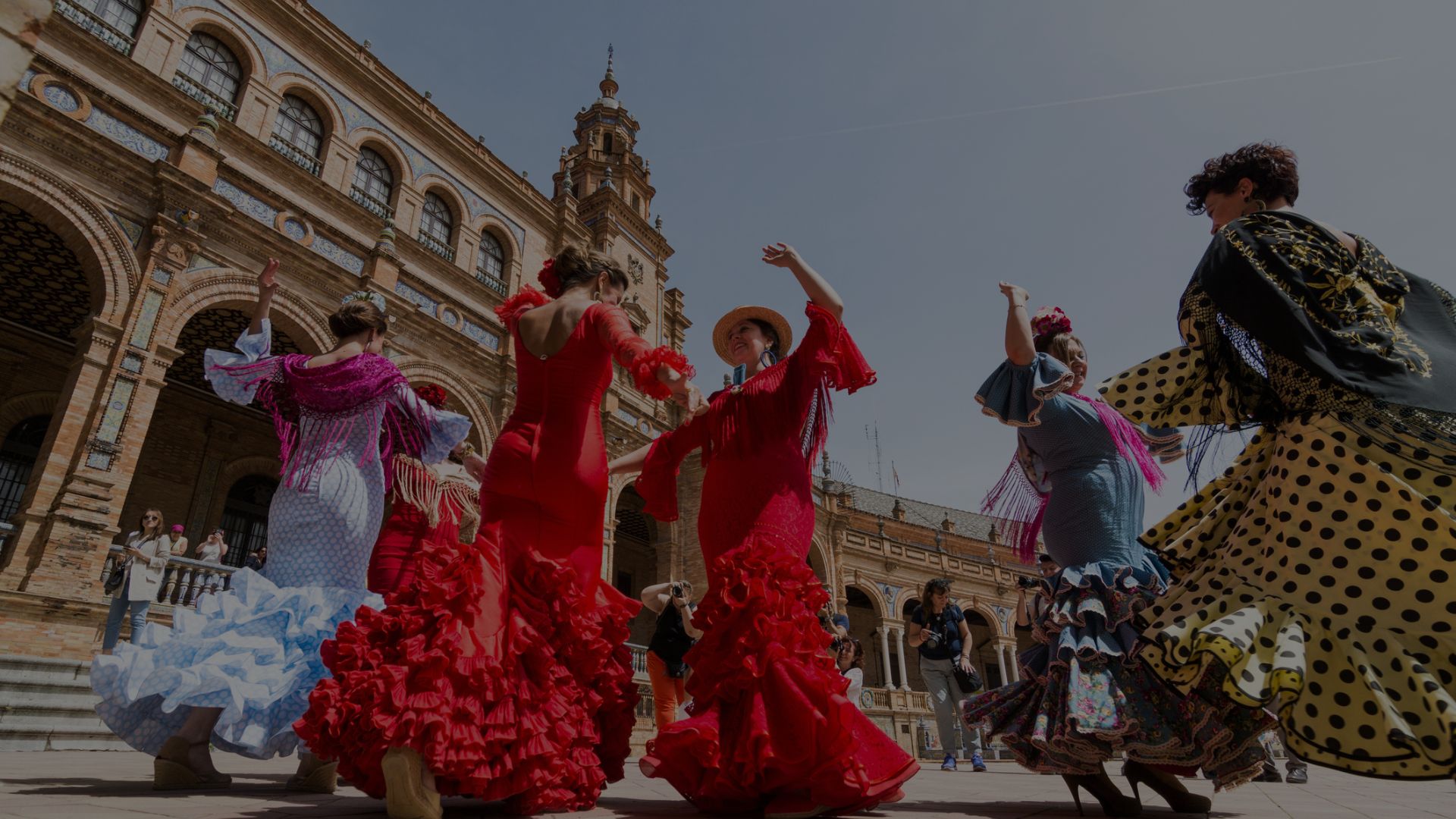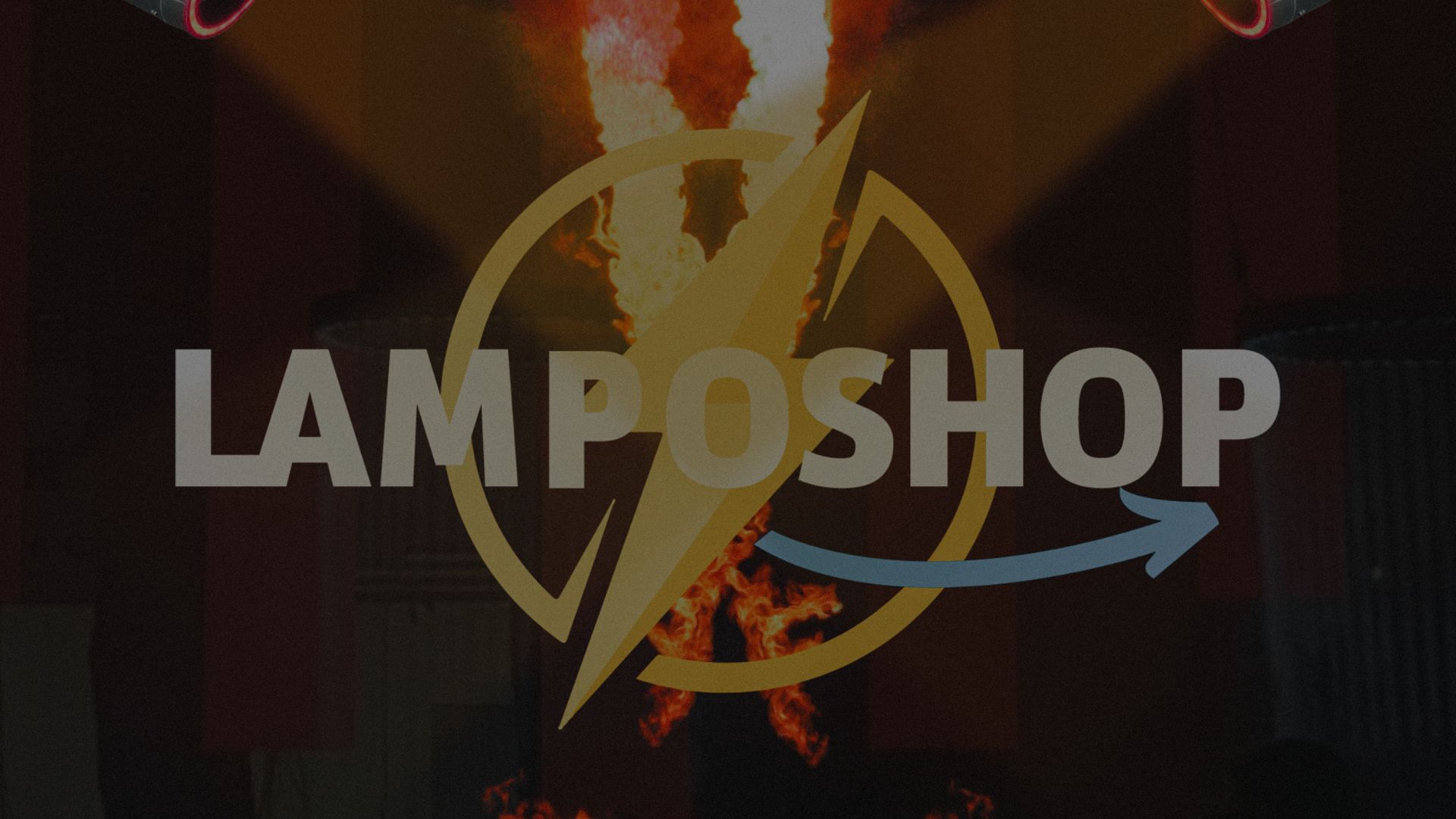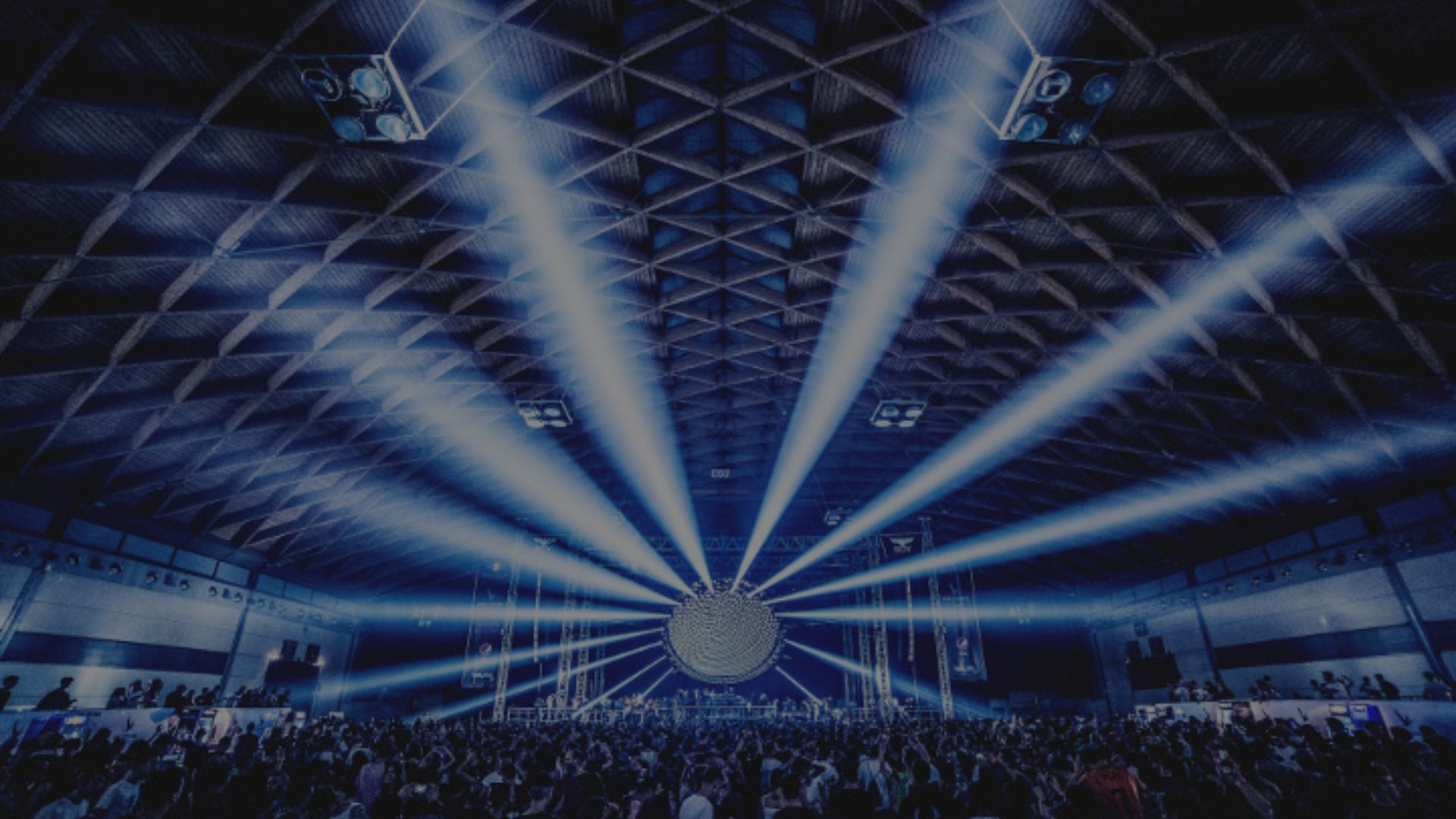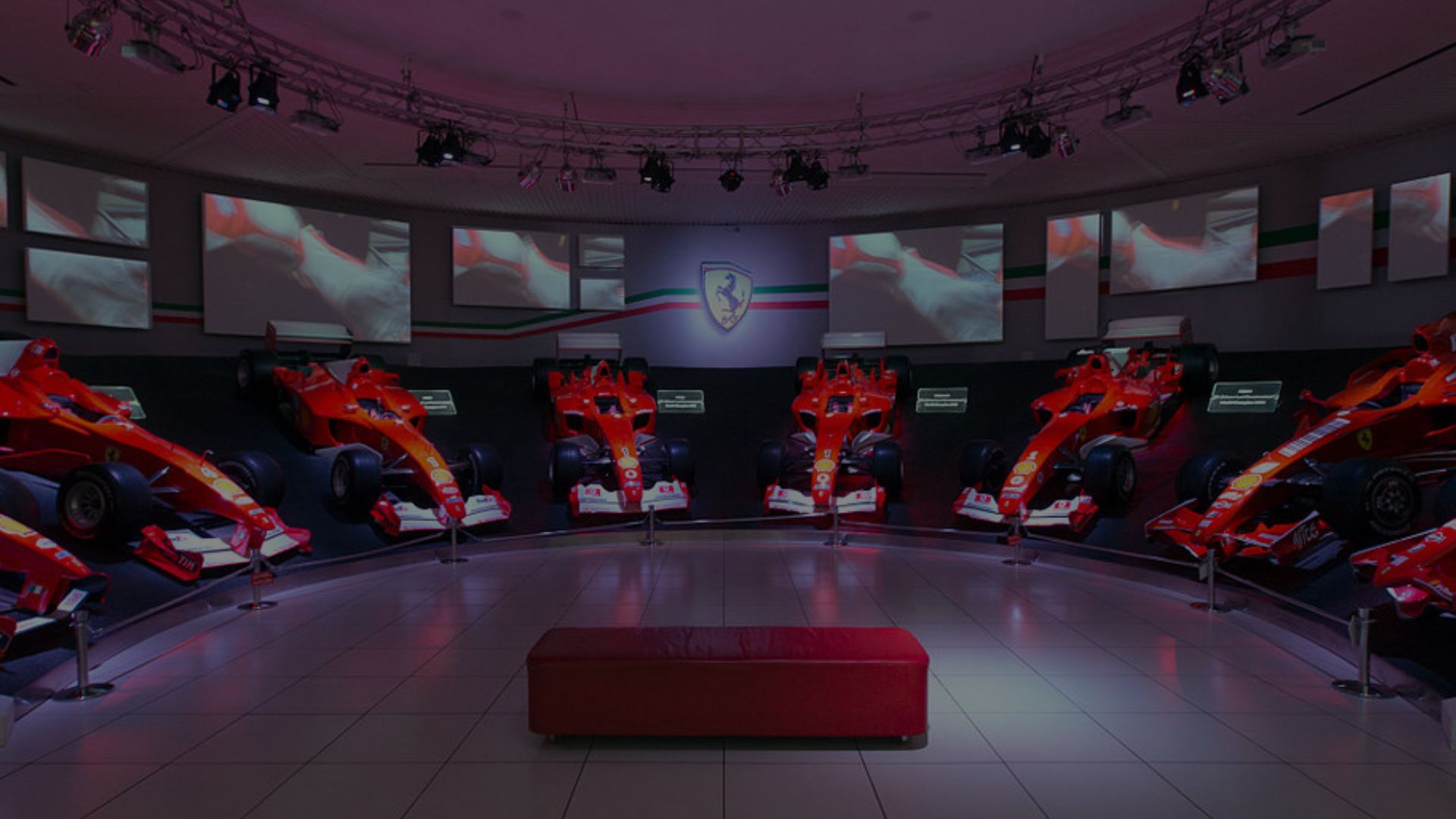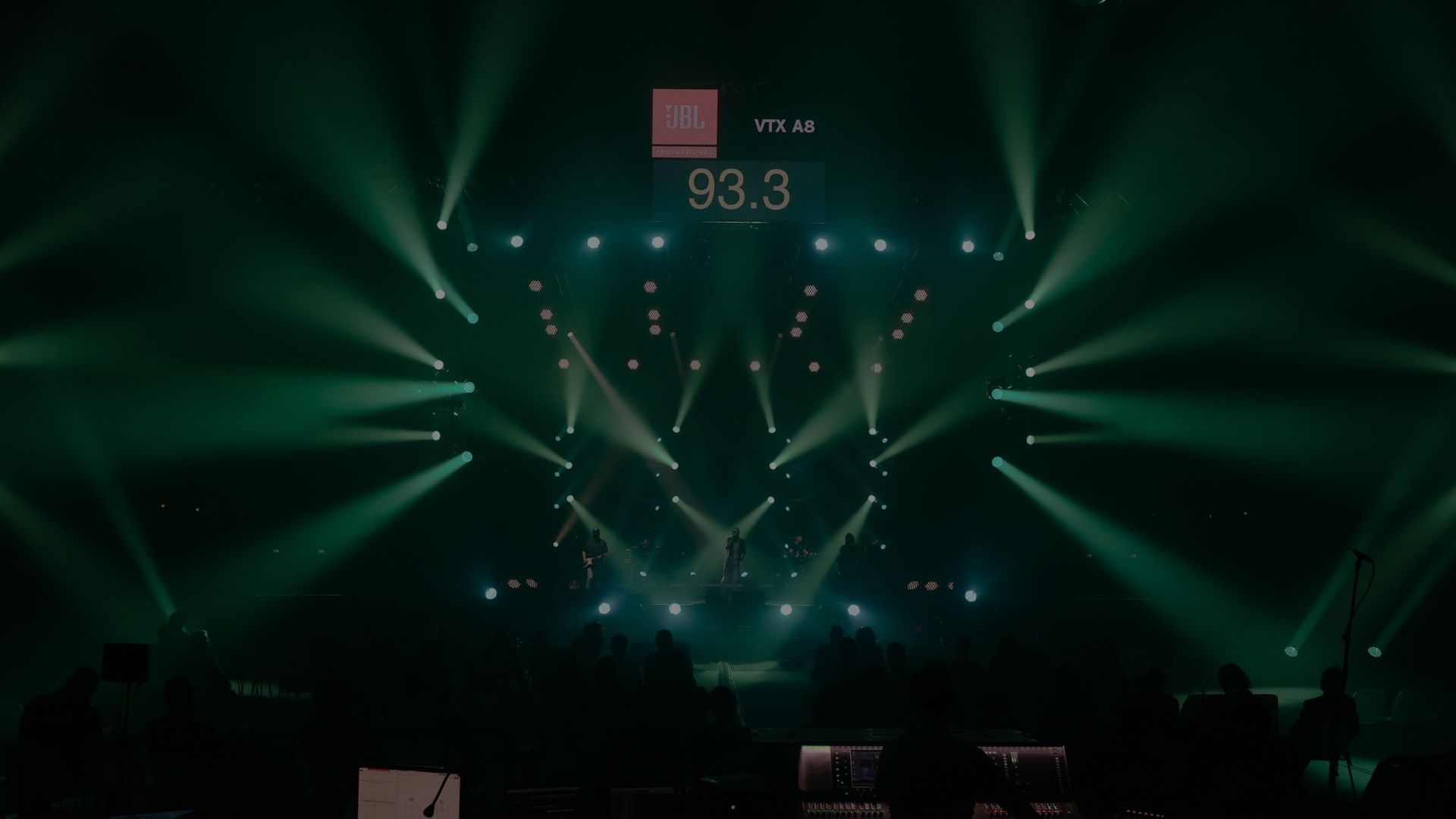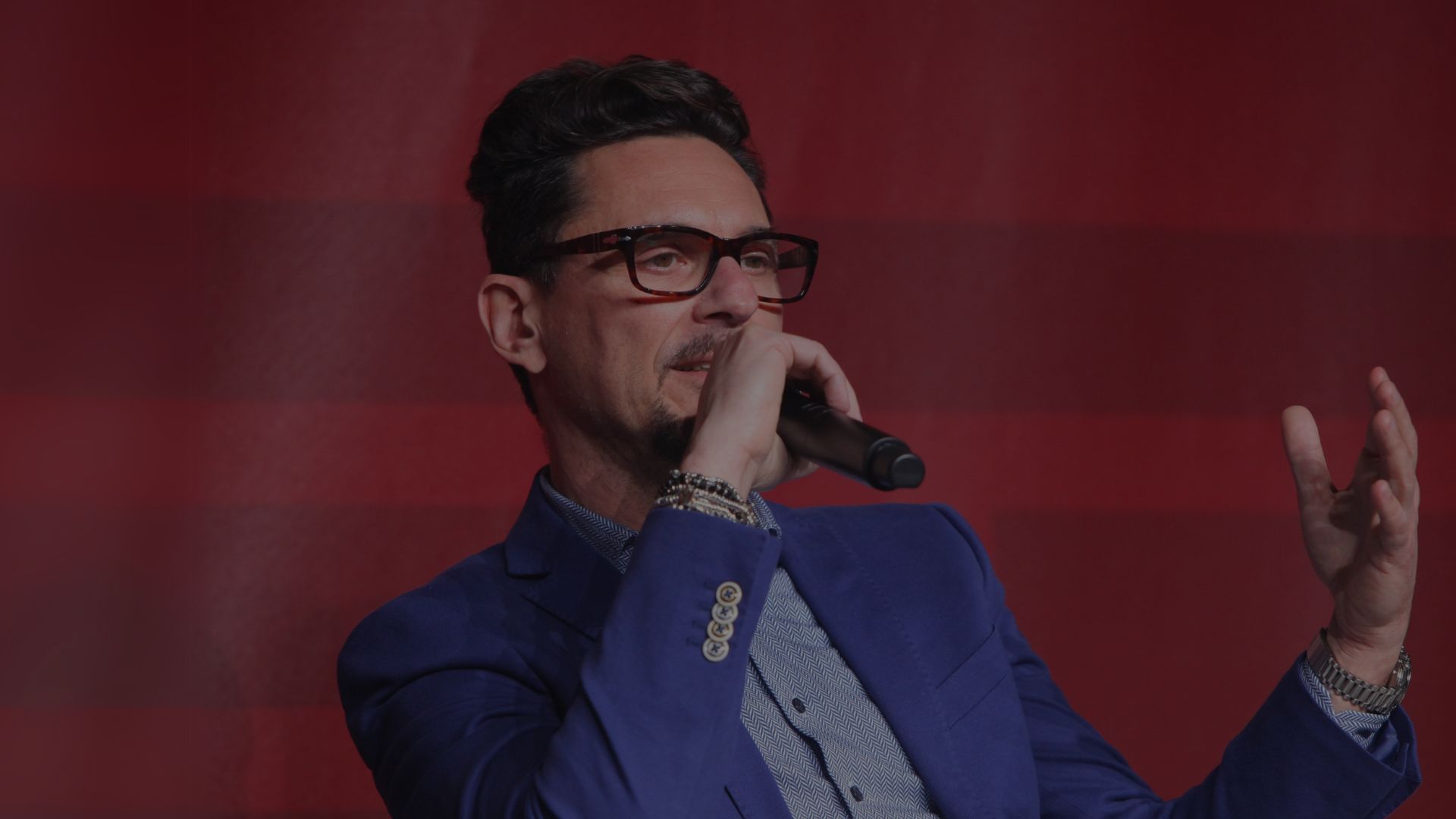In 2023, U2 inaugurated Las Vegas' Sphere—a futuristic 18,000-seat spherical venue—with U2:UV Achtung Baby Live, a 40-show residency that redefined the concept of immersive concerts.
Thanks to the total integration of 3D audio, 16K visuals, and narrative lighting design, the band delivered a performance that merged musical power with cutting-edge stagecraft.
Conceived by Willie Williams, with Ric Lipson and Es Devlin, the show was the result of 18 months of work and transformed the venue into a fully immersive live experience.
Immersive audio technologies: 3D sound with Holoplot X1
The show used the HOLOPLOT X1 system, integrated into the Sphere’s structure: around 1,600 permanent audio array modules (plus 300 mobile ones) hidden behind the LED screen, with over 160,000 amplified drivers capable of 3D beamforming and Wave Field Synthesis.
This technology allowed engineers to steer sound with precision, maintain consistent volume, create virtual sound sources, and make instruments or voices "move" through space.
The result? A surround, crystal-clear 3D audio experience, consistent up to 110 meters, with panoramic effects and spatiality never before achieved so precisely in a rock concert.
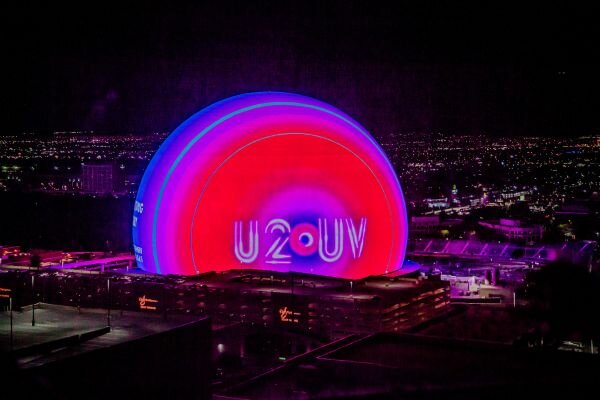
Video technologies: 360° 16K LED wall and dynamic visuals
The media plane was the visual heart of the show: a hemispherical LED screen spanning over 15,000 m² with 256 million pixels fully wrapped around the audience.
Each song featured ultra-high definition 16K visuals, equivalent to nearly fifty 4K screens in a seamless display, offering immersive content ranging from animated graphics to ultra-realistic footage.
To manage files of this magnitude, 23 disguise GX 3 servers operated in parallel, each with 30 TB of memory (a total of 690 TB), synchronized in real time via a 100 Gbps network supporting 400 GB/s data flow with minimal latency.
Each visual was split into 23 segments and reassembled as a single, massive screen capable of complex switching and live feeds.
The result: a 360° digital canvas surrounding the audience above and around, extending behind the stage and creating the illusion of being inside the scenography itself.
Lighting design and immersive direction
In a venue like the Sphere—dominated by 360° screens and immersive technologies—lighting design required a complete rethink.
Creative director and lighting designer Willie Williams, a long-time U2 collaborator, chose a minimalist stage inspired by Brian Eno’s “Turntable”, removing bulky scenic elements to focus on precise, creative and emotional lighting.
Light sources were placed along the structure and at the stage’s edges, highlighting the musicians and creating refined atmospheric accents—from minimalist backlighting to projections perfectly synchronized with panoramic visuals.
Everything was managed through an advanced show control system, with timecode synchronization and full flexibility to adapt to real-time changes by the band.
The show alternated explosive segments with more intimate, minimalist moments, ending in a cinematic finale that maintained a constant emotional connection with the audience.
System Integration: total synergy between artists and technology
Coordinating U2:UV Live at Sphere required advanced technical direction, based on tight integration between artists, technicians, and control systems.
The entire show was synchronized via timecode and MIDI triggers, with lights, video, and effects perfectly aligned to the music—down to the frame.
Thanks to disguise media servers and a 3D digital twin of the Sphere, visual content could be modified in real time to match any improvisation by the band.
The Sphere thus became a living scenic instrument, played alongside U2—a benchmark in integrated show direction and the synergy of technology and live performance.
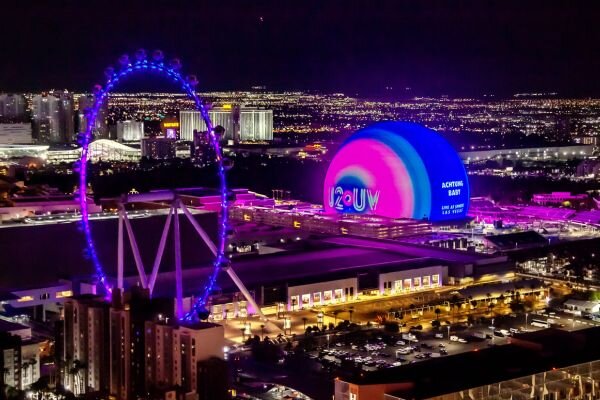
A new benchmark for immersive entertainment
U2:UV Achtung Baby Live at Sphere marked a new era for concerts—described by many as the “21st-century rock concert, redefined.”
The show demonstrated that the Sphere is not just a scenic venue but a creative tool—a true laboratory of immersive design and multisensory storytelling.
U2 paved a new path for live entertainment: emotional, immersive experiences built around the audience—a new standard for the AV industry, and a powerful example of how technology can amplify the impact of live art.
PUBLICATION
16/11/2023
caso studio

